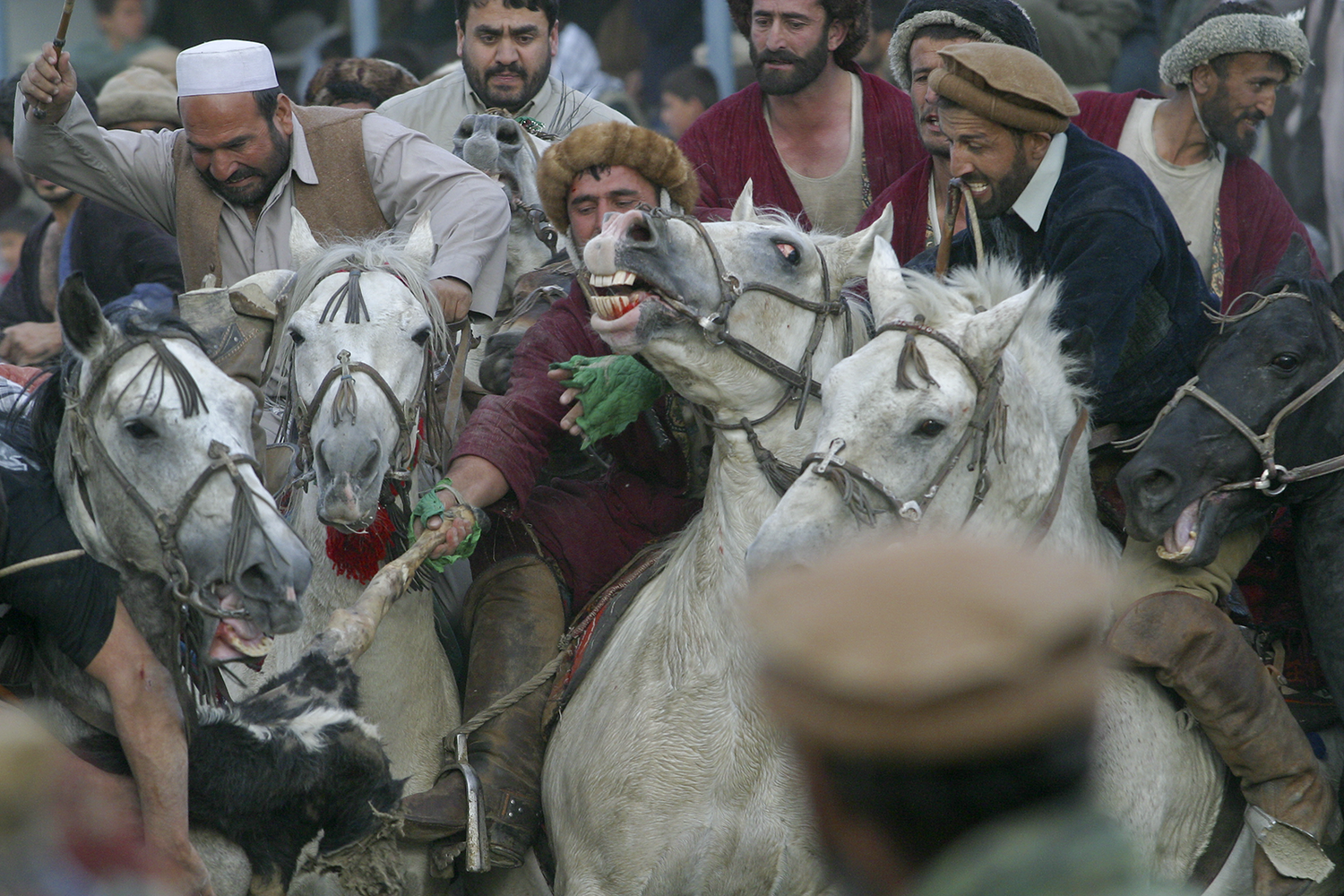For years, it was my favourite photograph in the rather extensive album my father assembled chronicling his time overseas as a medical officer with the RCAF during the Second World War. The notation scrawled on the back of the picture in my dad’s unmistakable handwriting identifies the pilot as Flight-Lieutenant W.S. Johnston and places the location and date at Biggin Hill, December 1943. But who was he? Where did he come from? And what became of him?
Here is the article at Legion Magazine.




